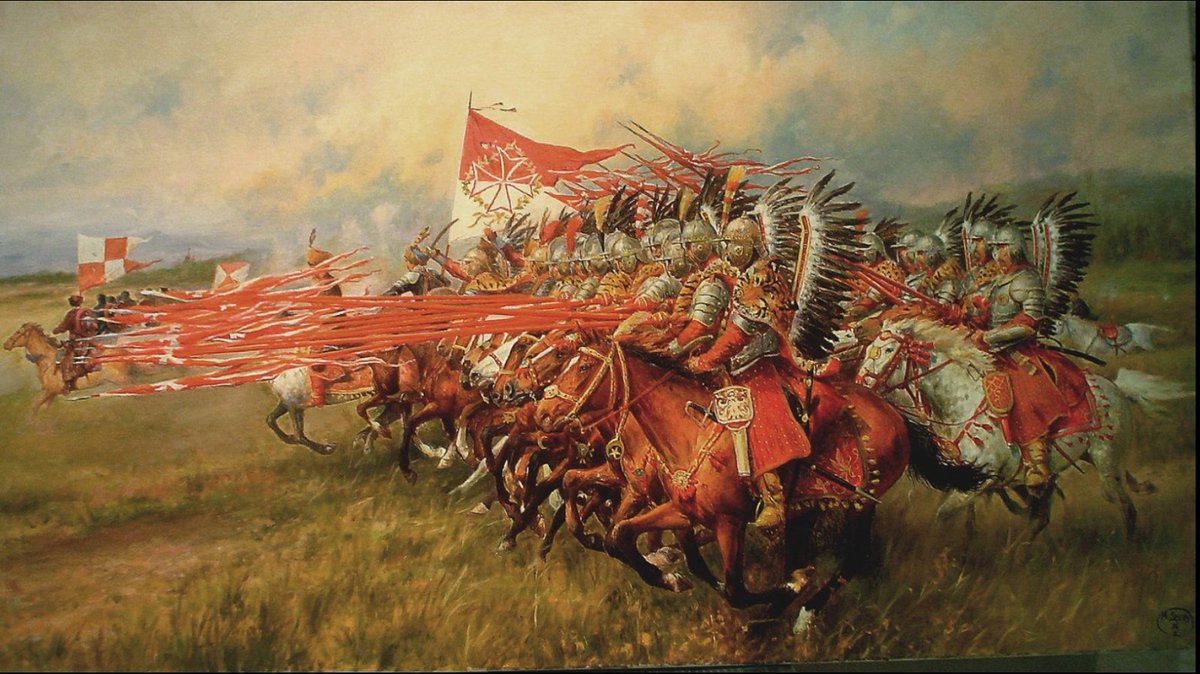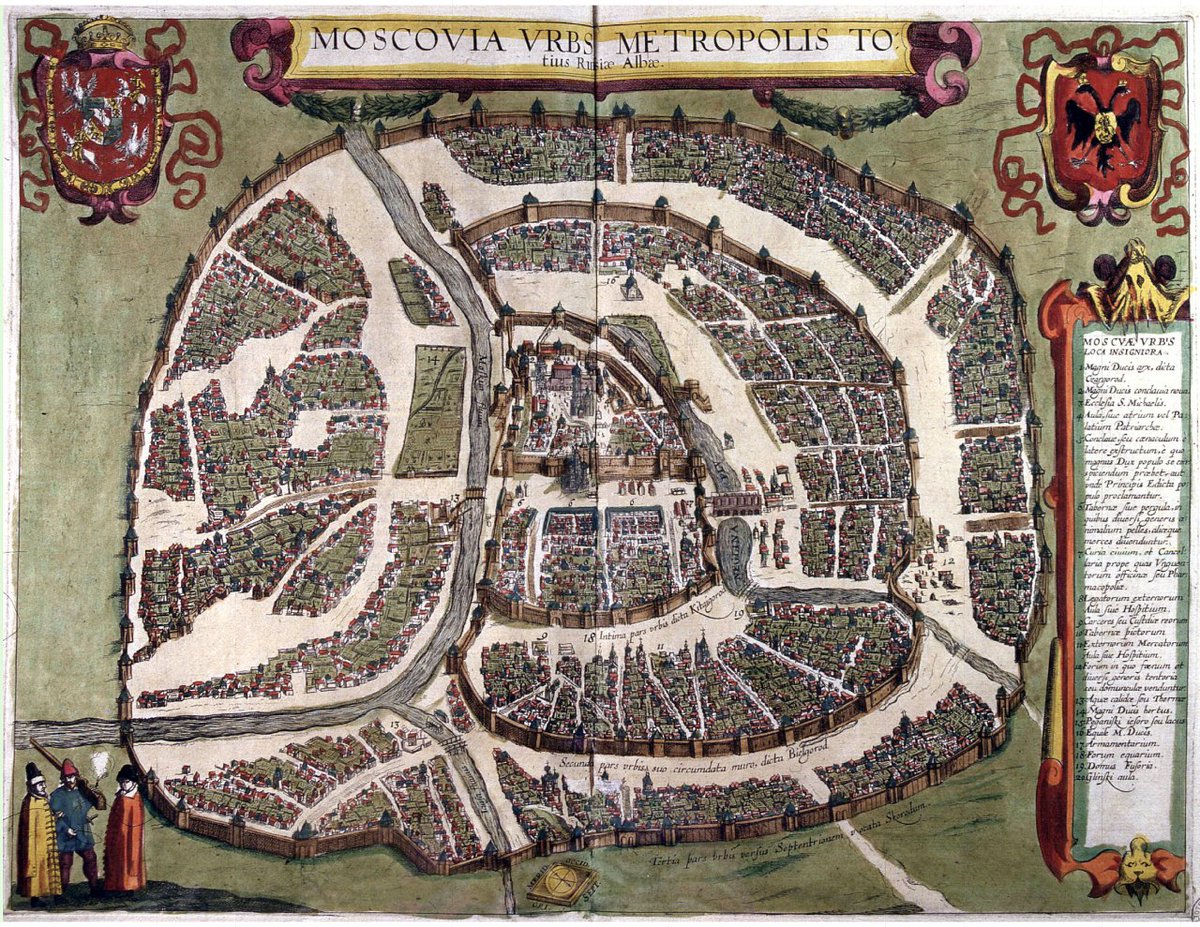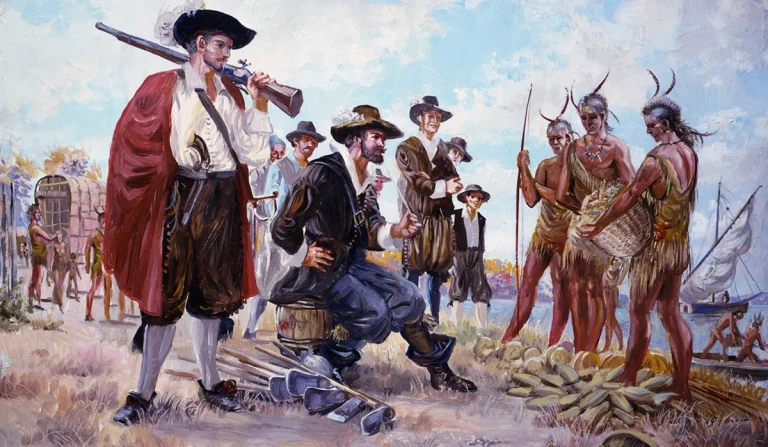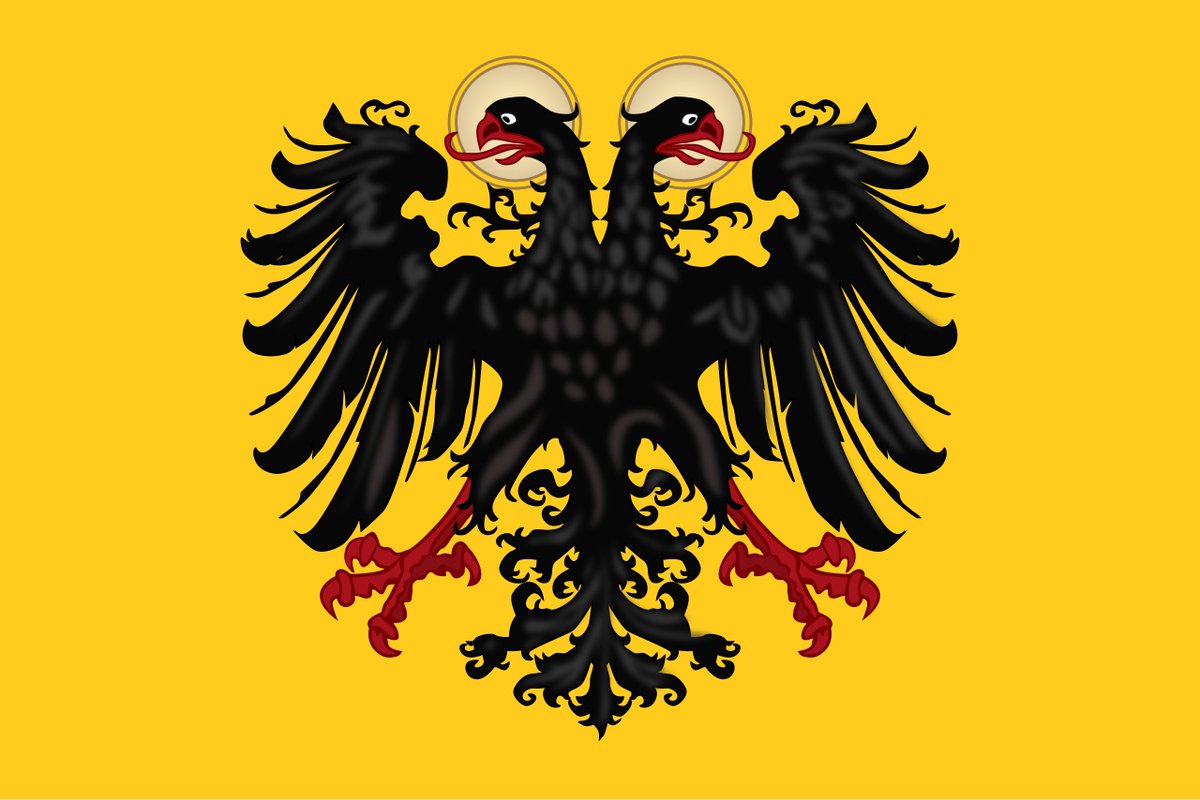Today is the anniversary of the battle of Klushino fought on 4 July 1610. The legendary Polish winged hussars triumphed over the much larger force of Russian and Swedish armies aided by various European mercenaries, in one the decisive battles of the 1605-1618 Polish-Russian War. 

This battle happened at a time where European wars were determined by infantry, yet in Eastern Europe, the legendary Polish winged hussar cavalry ruled the vast plains of the mighty Polish-Lithuanian Commonwealth, ruled by the militant Catholic pious king Sigismund III Vasa. 



The power of the Polish hussars was in their versatility. Originally a mercenary light cavalry unit, the Poles perfected and adapted it to suit the early modern Eastern European warfare. They were highly mobile but powerful at the same time, fighting with multiple weapons. 

To break the infantry and light cavalry, the hussars could charge repeatedly using long lances that would break and get replaced by new ones. To fight against armored cavalry, hussars used a special sword named koncerz, a long thrusting sword to pierce armor mail links or plates. 



Additionaly, the winged hussars would also be armed with sabres for melees. They also had pistols which they rarely used. The hussars were the heirs of medieval chivalry and showed that cavalry was still lethal in the gunpowder era. At Klushino, it was one of their finest hours. 

The man who would lead the Polish forces into battle was Stanisław Żółkiewski, the renowned Field Crown Hetman and a veteran warrior. He had fought in numerous battles for the Polish Commonwealth against Swedish, Russians and Tatars. He is another of Europe's forgotten heroic men 



The Polish-Russian War happened because of the chaotic situation in the Tsardom of Russia known as the Time of Troubles caused by the death of the last Rurik Tsar Fyodor I in 1598. Since then, Russia was in perpetous internal conflicts and Polish nobles would get involved. 

Polish-Lithuanian Commonwealth got directly involved in 1609 after Russia made an alliance with their enemy Sweden. Polish king Sigismund III got permission from Polish Sejm (Parliament) to wage war on Russia. He invaded and started besieging the crucial fortress of Smolensk. 

The Russo-Swedish alliance gathered a considerable army as well. The experienced Swedish general Jacob De la Gardie marched with his forces and united with Russian Prince Mikhail Skopin-Shuisky. They first defeated rebels under False Dmitry II and in 1610 marched to Smolensk. 



The Polish were still besieging the fortress, and Stanisław Żółkiewski decided to take a small army of mostly hussars to face the big Russo-Swedish force, showing his confidence and courage! The banner of the Polish eagle would lead these brave hussars to glory in a hostile land! 

Żółkiewski's forces numbered all together around 7000 men and 2 canons. On July 4, he would face the 35000 men (out of them 5000 experienced European mercenaries) of the Russian army with their 11 canons near Klushino.
Despite the numerical advantage of the enemy, Żółkiewski was confident in his hussars. The advantage of the battlefield was that it was limited on both sides by forests to a narrow field where the larger army couldn't outflank them neither see the small size of the Polish forces. 

But there was also a disadvantage for the Polish and that was that the village where the Russians and their mercenaries from all over Europe were stationed had a lot of palisades and barriers, limiting the cavalry charge effectiveness of the hussars!
The 35000 men strong Russian forces were divided into three parts. The strongest detachment of European 5000 men strong mercenary forces (mostly infantry and some cavalry) under De la Gardie on the right, the main Russian army in the center and on the left flank. 

Żółkiewski decided to first charge the center and the right flank, charging the palisades and mercenary pikemen formations that shot back with arquebuses. The hussars bravely charged 8 to 10 times with ferocity, breaking a lot of their lances, with mixed success. 

While they weren't successful in breaking the enemy, these charges showed the determination and fierceness of the winged hussars which terrified the enemy. Due to their discipline the hussars didn't suffer a lot of casualties. They were determined to fight until victory! 

Despite having the larger army the Russian forces were now trapped and surrounded by the fierce hussars. The fighting continued on the left flank where the hussars started engaging with the mercenary cavalry that used pistols in a caracole, firing shots one after another. 

The decision to send the mercenary cavalry to the front lines was made by the Russian commander Dmitry Shuisky who was overconfident and hoped that this would finally break the hussars and rout them, overestimating the offensive abilities of his troops.
This type of pistol-armed cavalrymen were known as "reiters" in Europe and were effective against infantry, but the hussars exploited their weakness and inbetween their volleys of shots, they ferociously charged at them, fighting them with sabres and routing them. 

This changed the course of the battle as the routed mercenary cavalry brought panic into Russian ranks which cause them to flee. The hussars effectively destroyed both the left flank and the center and massacred many fleeing Russians. Only the mercenary right flank remained.
The mercenaries under De la Gardie were still able to successfully resist, but morale was low after their Russian allies fled. Even prior to battle, there was discontent after not receiving pay. Facing the determined Polish foe they started retreating from the battle in order.
Żółkiewski managed to negotiate a deal with the mercenaries whereby in exchange for safe passage they wouldn't fight for Russia again. He even managed to convince many of them to switch sides and fight for him. The victory of the Polish winged hussars was complete! 



After this battle, Russian Tsar Vasili IV was ousted. Żółkiewski entered Moscow in triumph and assured that the Polish candidate king Sigismund's son Władysław IV would be crowned as the Tsar of Russia, supported by the local pro-Polish Russian boyars. 

Polish control over Moscow would not last long. The next year king Sigismund III conquered Smolensk and decided to take matters in his own hands. He wanted to seize Russian throne for himself and convert Russia to Catholicism. This was met with fierce opposition by boyars! 

The Polish garisson was routed from Moscow in 1612 by the famous Dmitry Pozharsky. The Polish-Russian war would eventually end with Truce of Deulino in 1618, with the Commonwealth gaining territory, but Russia also preserving its independence. Polish prestige was increased! 

The great hero of Klushino Stanisław Żółkiewski would go on to fight as the Grand Hetman of the Crown. Some later defeats would temporarily tarnish his reputation until he would die a reputed hero in 1620, refusing to retreat from the Ottomans, preferring to die in battle! 

• • •
Missing some Tweet in this thread? You can try to
force a refresh







































